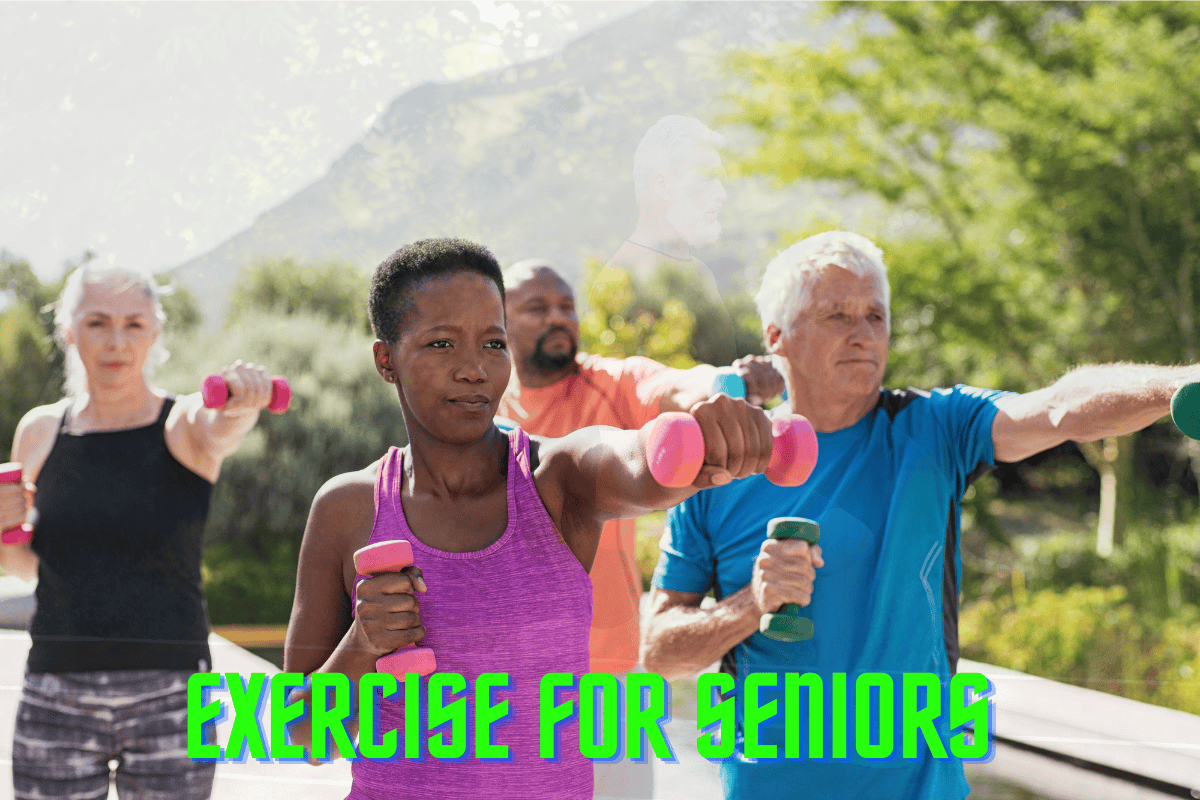
The Benefits of Regular Health Checkups: Why They’re Essential
May 10, 2025
Exercise is crucial for seniors as it helps maintain strength, flexibility, and balance, all of which are essential for daily activities and preventing falls. Regular physical activity can also reduce the risk of chronic conditions like heart disease, diabetes, and arthritis, while improving mental health by reducing stress and anxiety. Whether it’s walking, yoga, or strength training, staying active enhances quality of life, boosts energy, and helps seniors stay independent for longer.
Why Exercise Matters for Seniors
Exercise plays a critical role in supporting seniors’ overall health. Here are some key benefits of regular physical activity:
Improved Mobility: Regular exercise helps keep the joints flexible and muscles strong, which in turn enhances daily movement and reduces stiffness.
Increased Strength: Strengthening muscles is vital to prevent falls and injuries. Stronger muscles also make it easier to carry out daily tasks.
Enhanced Balance: Balancing exercises help prevent falls, a significant concern for seniors, by improving coordination and reaction time.
Better Mental Health: Physical activity can help manage stress, reduce symptoms of depression and anxiety, and improve sleep quality.
Chronic Disease Management: Exercise can help manage and prevent chronic conditions such as arthritis, heart disease, and diabetes.
By incorporating these exercises into your routine, seniors can experience significant improvements in both physical and mental health.
1. Chair Yoga
Chair yoga is a gentle form of yoga that can be done while sitting or standing while using a chair for support. This low-impact exercise focuses on breathing, stretching, and strengthening muscles to improve flexibility, reduce stress, and enhance balance.
Key Benefits:
Increases flexibility
Improves posture and body alignment
Reduces stress and anxiety
Enhances balance and coordination
How to Do It:
Sit in a sturdy chair with your feet flat on the floor.
Perform seated stretches like neck rolls, seated twists, and shoulder lifts.
Focus on breathing deeply and slowly to enhance relaxation.
2. Walking
Walking is one of the simplest and most effective exercises for seniors. It can be done indoors or outdoors, and its low-impact nature makes it a safe option for those with joint issues. Walking strengthens the heart, improves circulation, and boosts overall stamina.
Key Benefits:
Supports cardiovascular health
Improves bone density and muscle strength
Enhances mood and reduces stress
Increases stamina and endurance
How to Do It:
Start with a warm-up, such as walking slowly for 5-10 minutes.
Gradually increase your pace for a moderate walk, aiming for at least 30 minutes most days of the week.
Use supportive shoes to reduce strain on your feet and joints.
3. Strength Training with Light Weights
Strength training helps seniors maintain muscle mass, which naturally decreases with age. Using light weights or resistance bands can improve muscle strength and bone health, reduce the risk of falls, and support everyday activities like lifting groceries or getting up from a chair.
Key Benefits:
Builds muscle mass and strength
Increases bone density
Reduces the risk of falls
Boosts metabolism
How to Do It:
Use light dumbbells or resistance bands.
Start with exercises like bicep curls, squats, and leg lifts.
Perform 2-3 sets of 10-12 repetitions for each exercise.
“Exercise is a celebration of what your body can do, not a punishment for what you ate.”
— Anonymous
4. Tai Chi
Tai Chi is a mind-body exercise that involves slow, controlled movements. It’s particularly beneficial for seniors because it improves balance, flexibility, and coordination. Tai Chi is often referred to as “meditation in motion” because it helps reduce stress and enhance mental clarity.
Key Benefits:
Improves balance and coordination
Enhances flexibility
Relieves stress and anxiety
Promotes mental clarity
How to Do It:
Join a Tai Chi class or follow online tutorials that offer step-by-step instructions.
Focus on slow, flowing movements and mindful breathing.
Start with basic movements and gradually increase your practice as you become more comfortable.
“Health is not just about what you’re eating. It’s also about what you’re thinking and saying.”
5. Water Aerobics
Water aerobics is an excellent low-impact exercise option for seniors. The buoyancy of the water reduces stress on the joints, making it ideal for those with arthritis or mobility issues. Water exercises can improve cardiovascular health, flexibility, and strength, all while being gentle on the body.
Key Benefits:
Reduces joint pain and swelling
Improves cardiovascular health
Enhances flexibility and strength
Helps with weight management
How to Do It:
Join a local water aerobics class, or perform water-based exercises like leg lifts, arm circles, and walking in the pool.
Perform exercises in waist-deep or deeper water for resistance and support.
Aim for 30 minutes of activity at least 3-4 times a week.
Tips for Exercising Safely
While exercise is essential for seniors, it’s important to take precautions to avoid injury:
Consult a doctor: Always talk to your healthcare provider before starting any new exercise routine.
Start slow: If you’re new to exercise, begin with gentle routines and gradually increase intensity.
Stay hydrated: Drink plenty of water, especially during exercise.
Listen to your body: Stop any exercise if you feel pain, dizziness, or shortness of breath.


